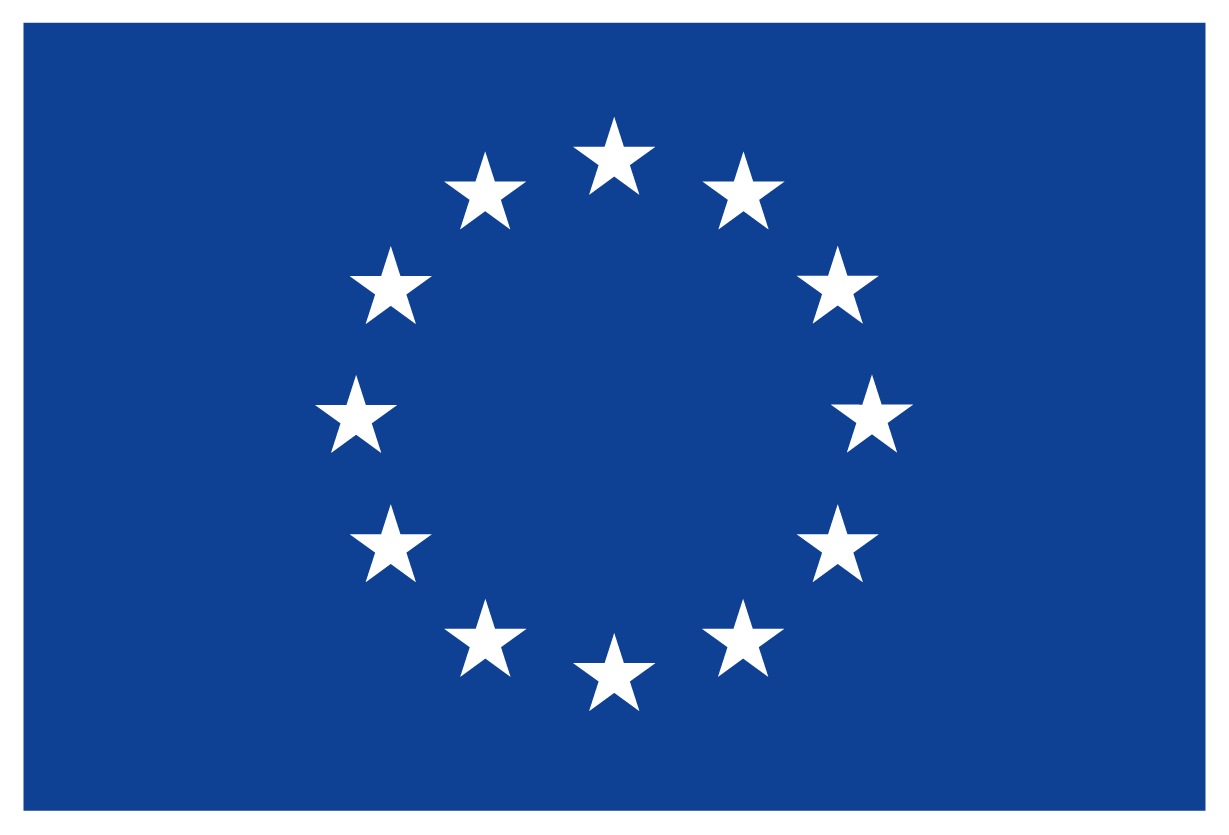Future Exploitation of the technologies developed within 4RinEU
- 4RinEU’s 6 technologies for deep renovation
- Test façade in Eurac’s Lab
With a very low demolition rate of 0.1% per year as well as a low construction rate of new highly energy efficient buildings of around +1% per year, it is of crucial importance to increase the deep renovation rate of residential buildings in the European Union to tackle the energy challenge. 4RinEU as a Horizon 2020 project provides one answer to that challenge. It has developed technology solutions which have been thought as easy to apply, integrated and tailorable packages to facilitate deep renovation economics by
- decreasing the net primary energy use (60 to 70% to pre-renovation)
- allowing a reduction of life cycle costs over 30 years (15% to typical renovation)
while maintaining a high indoor environmental quality regarding air temperature and speed, humidity, low emitting materials, lighting and acoustic comfort.
Each of them has a specific focus making them easily applicable individually or combined in modular solution sets.
- The Prefabricated multifunctional façade is a façade system to create a building envelope with integrated building services. Once the project concludes in 2020, Gumpp & Maier will focus on direct sales and installation for large residential (multi-family) buildings in the German market. The solution is most sensibly to apply to middle-aged houses built after the war up to the 1990s. Secondly, they pursue to publish the gained knowledge and developed method with two goals: spread the word about this still relatively unknown kind of deep renovation approach to architects and help to establish standard best practice and replication by other European companies in different geographies. The concept can also be “used” for single family houses, public and office buildings to extend its long list of benefits – among which faster renovation times with minimum disturbance of residents, the lower maintenance costs, the highly sustainable materials and the aesthetical value of the solution – to other application areas.
- The Comfort ceiling fan smart operation automatizes and optimizes the use of ceiling fans to promote higher comfort levels with lower energy use by taking into consideration indoor temperatures and relative humidity. The low energy consumption translates into a significant positive financial impact which together with its low capital expenditure results in a short return on investment time. An easy installation, low maintenance and the possibility of a battery feeding will allow for a very broad market. Due its smartness and controllability, it can also be integrated with other equipment and devices to allow the exploitation of passive cooling. Eurac Research plans to transfer the technology and the manufacturing to an industrial partner via an intellectual property sale or licensing agreement. Additionally, Eurac has gained competences in lab testing for air movements/thermal comfort solutions which can be used for consultancy opportunities.
- The Plug&Play Energy Hub (PPEH) is an easy-to-use hydronic unit to smartly manage heating and cooling systems by integrating active components, sensors & electronics and energy management software. The collection of real time monitoring data by the network connected central control unit allows for constant and very fine system performance control over time and enables certified energy metering, billing and continuous commissioning. This results very useful for (predictive) building maintenance, reporting by billing companies and fine-tuning parameters to control the system behavior by users or owners. Thermics and Eurac plan to sell the solution directly over Thermics’ network but does not exclude the potential involvement of third-parties and partners of the energy efficiency sector.
- The Early-RENo is a set of early design methodologies for renovation which optimizes the use of the building envelope in terms of renewable energy and natural resources (such as natural ventilation & daylighting potential) exploitation. The output consists in the optimisation of positioning, size and geometry of photovoltaics, solar collector fields, windows and openings. Given that these considerations get anticipated into an early design stage, the greater awareness of the most cost-effective and energy efficient strategy can improve the overall construction project profitability. The best return on investment for such a solution is reached in cases of multi-family apartment buildings with a single owner as a higher aggregated demand results in a higher rate of installation and consequently savings. Eurac and Aiguasol are currently discussing the possible market implementation either via an open distribution of basic code to a first userbase or its transformation into a commercial software to be integrated in existing market solutions as an enhancement for professional architects and engineers.
- The Sensible Building Data Handler is a data management application that allows for a quick on-site inspection, data collection from a variety of sensors and auditing process support in all phases of a building life, maximising the amount of information available while organising it into building areas and by type. Furthermore, it identifies systems installed in various rooms as well as discrepancies between original design and reality and give the possibility to tag notes, pictures and other evidence to floor plans and rooms on site. The solution does not come with any hardware components and is in consequence much more flexible as it can import a variety of data based on what is available to the respective user. IES will use the solution as an integration into its existing offering and follow a direct commercialisation strategy via software licenses. The offering could be expanded from residential buildings into the commercial and industrial sectors.
- The Strategies for Components End-Of-Life are meant to handle proactively materials, components and processes in an early stage in deep renovation projects. They include indicators to measure end-of-life impacts, target the entire chain of involved stakeholders and integrate product and project level. In this way, it allows for a quick identification and quantification of waste from existing building components to be constructed, demolished or renovated and defines strategies for re-use and recycling. Acciona plans to use them primarily as an in-house service and after further validation to potentially exploit them also commercially via licensing.
The above technology solutions are tested in renovation processes, applied to 3 Demo-Cases during the 4RinEU project. The analysis of the implementation feeds into the systematic planning and consequent execution of related exploitation activities, bundled into one robust work package of the project which is led by the dedicated exploitation partner R2M. They support consortium partners with a stakeholder and market analysis, the management of exploitable results, the establishment of an exploitation and replication plan and help with drafts for partnering agreements to foster commercialization.

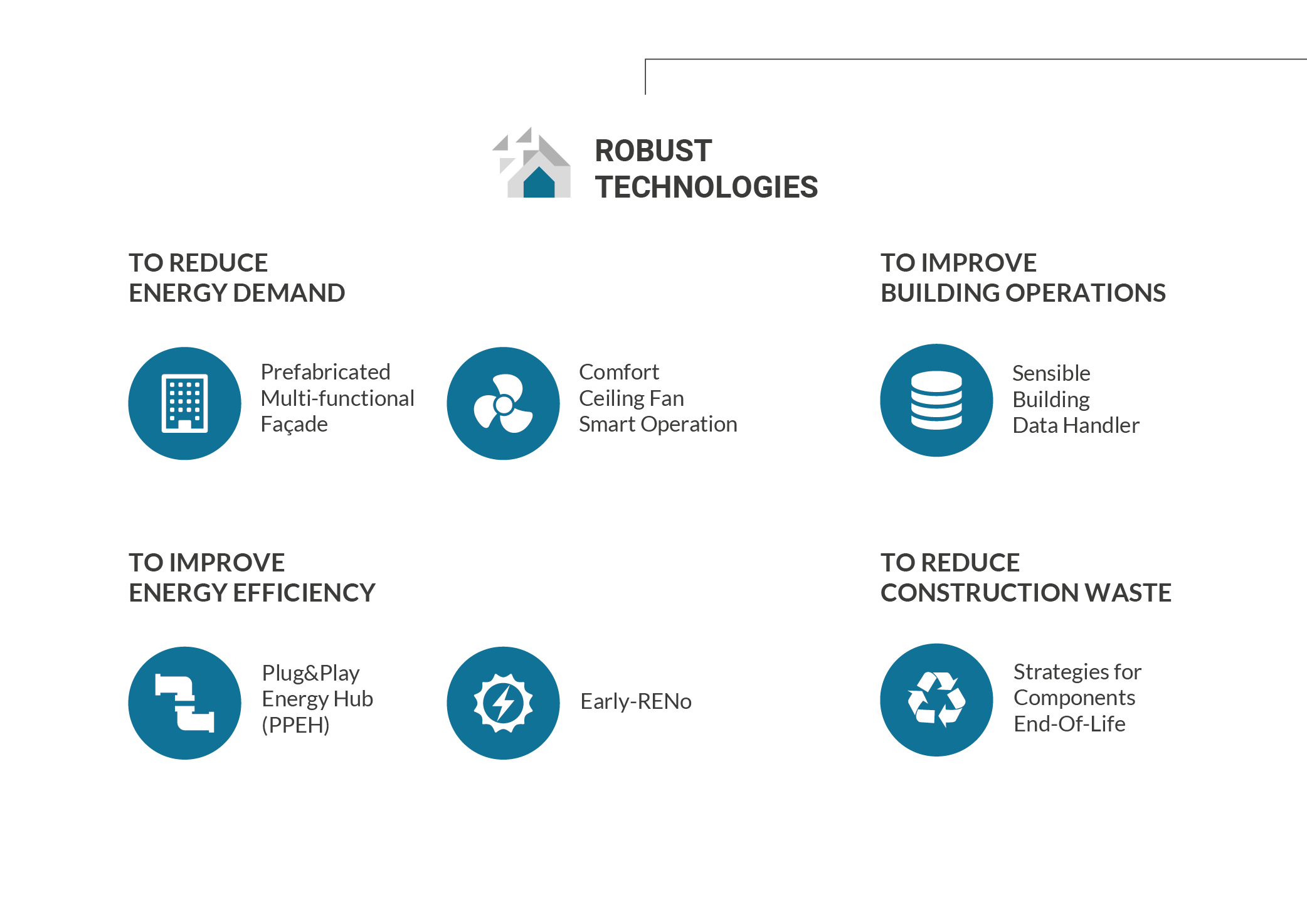
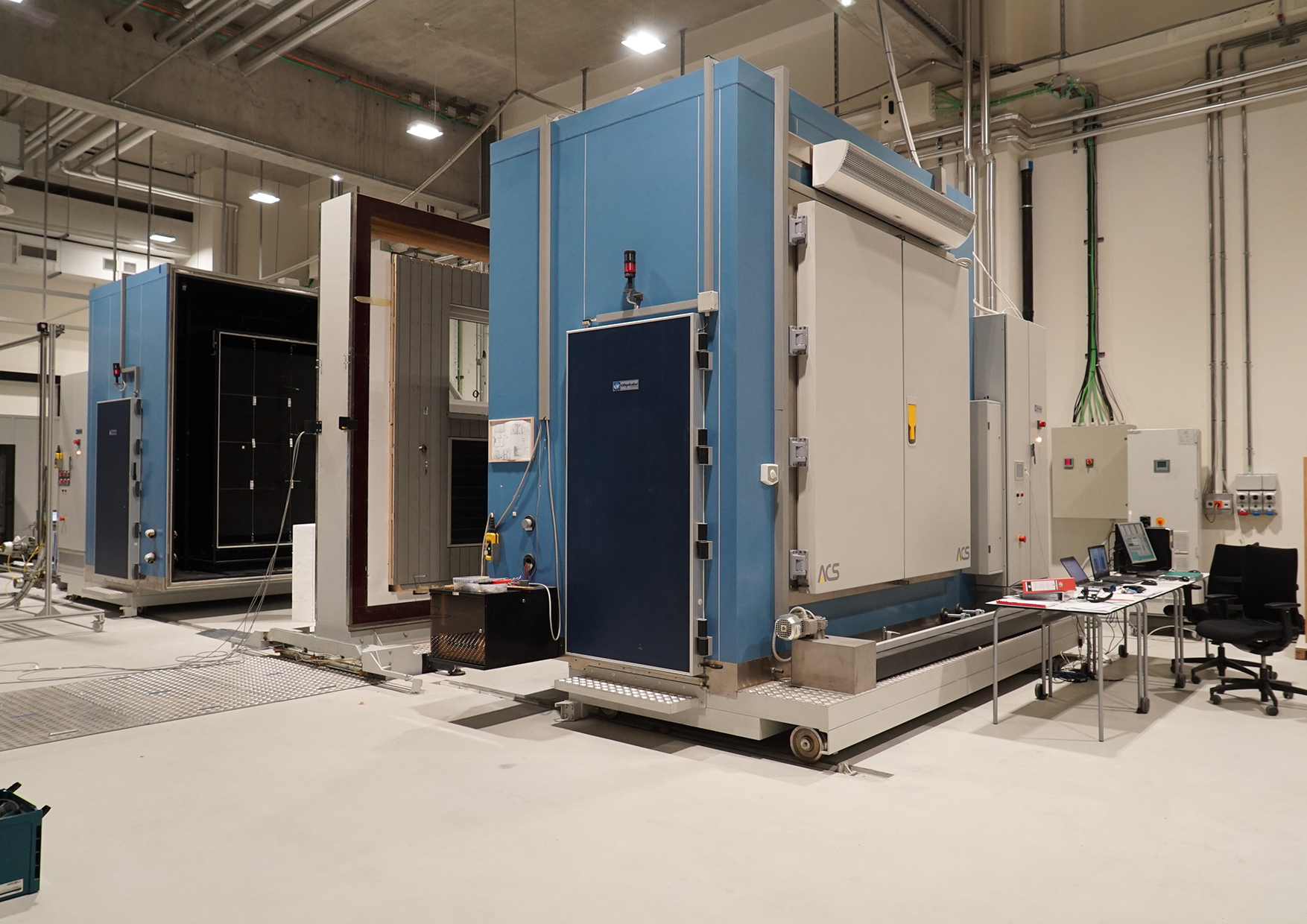
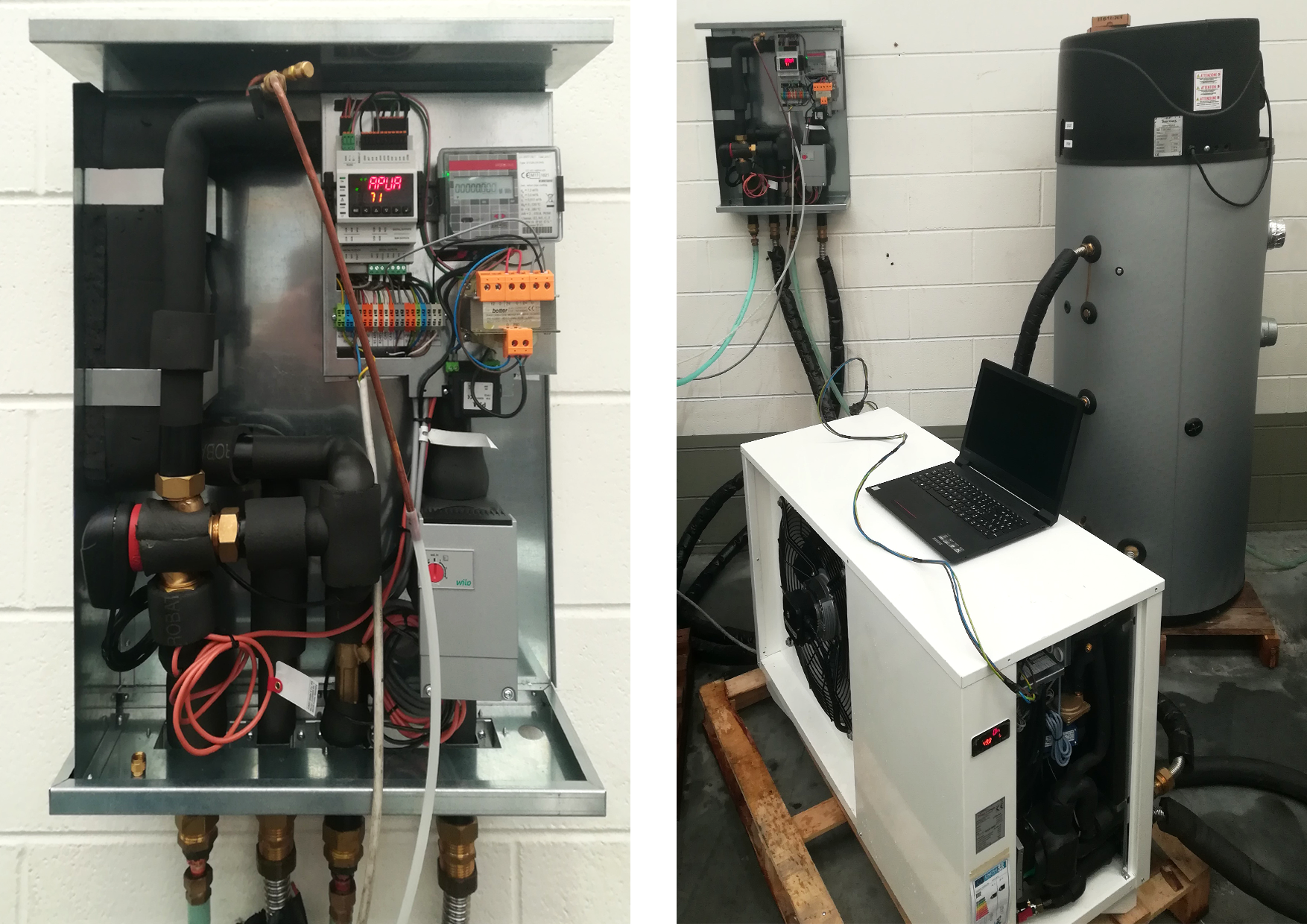 Previous Post
Previous Post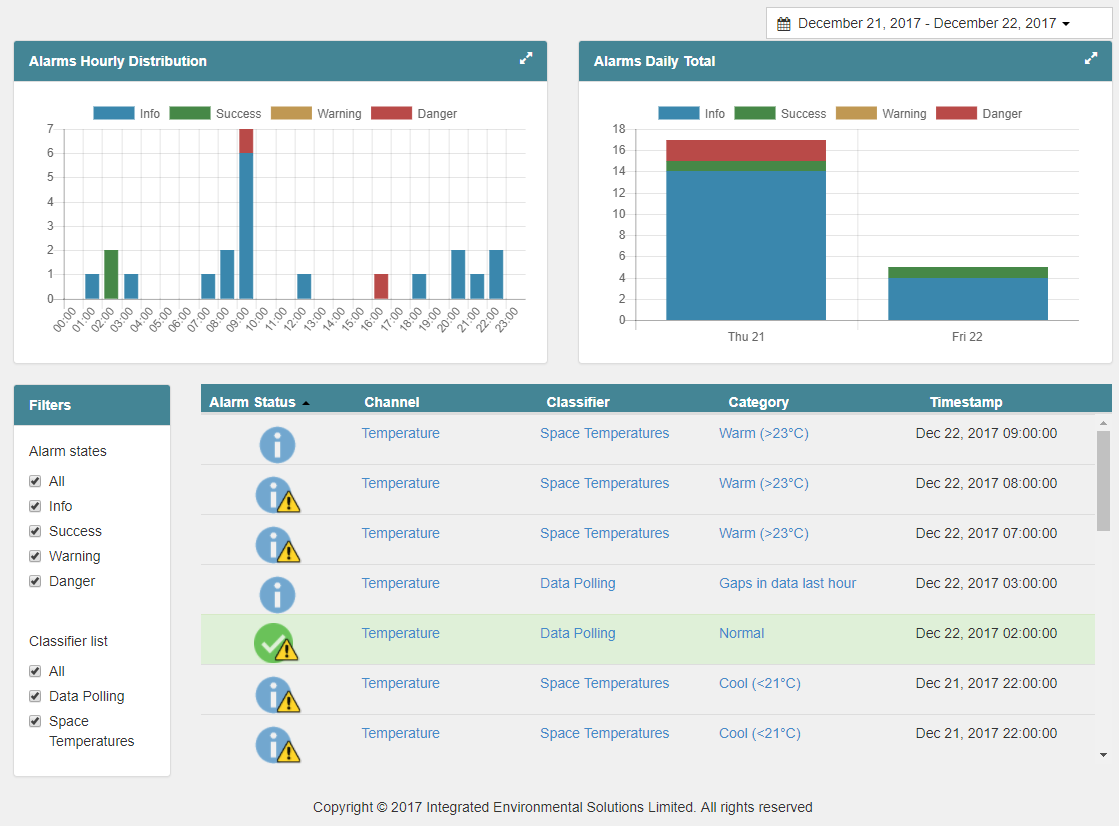 Next Post
Next Post